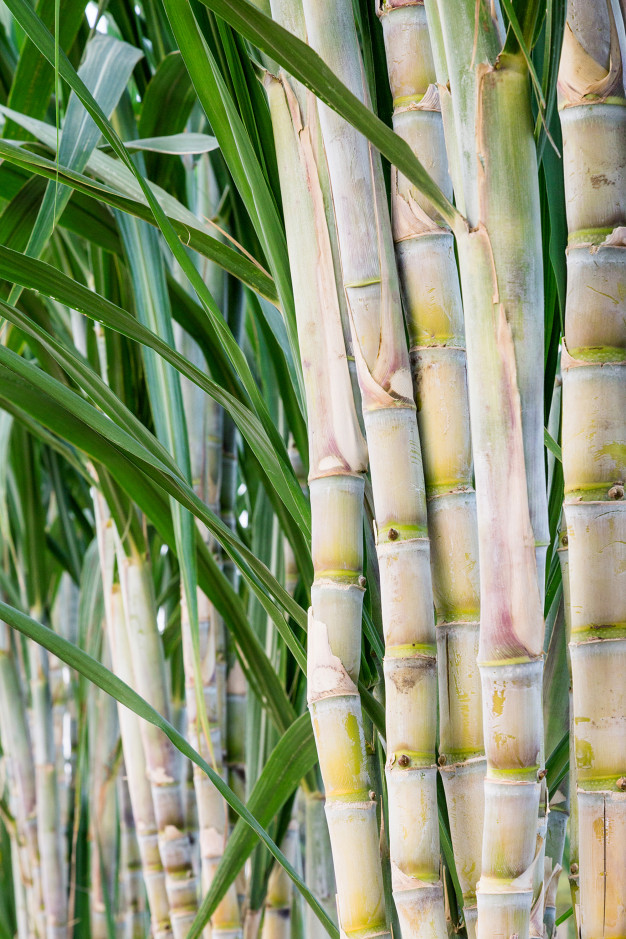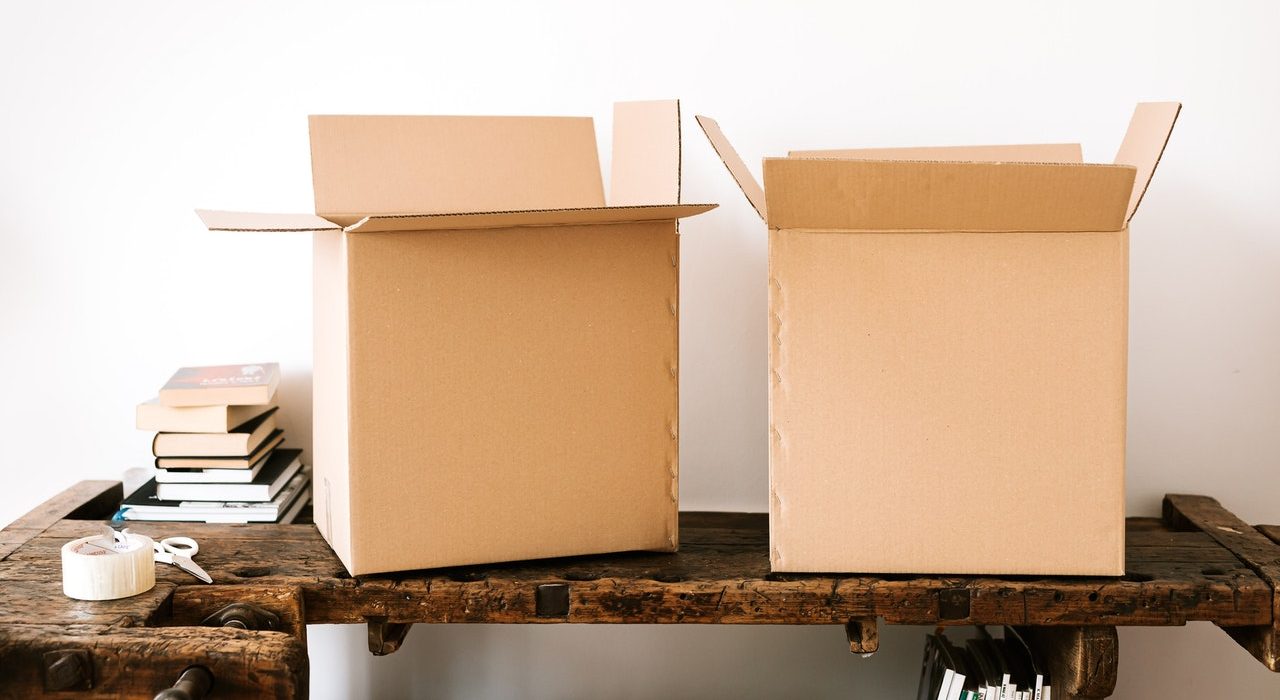At first glance, the importance of biodegradable containers in Trinidad and Tobago may not be very apparent. However, when you think about biodegradable packaging and containers what’s the first thing that comes to mind? Is it the environmental benefits or the possible long term cost savings? In this article, we will discuss biodegradable packaging and containers in Trinidad and Tobago and the Caribbean. We will also look at its benefits, and how to smartly source them.
The benefits of biodegradables go way beyond the shores of the Trinidad and Caribbean. As such, the concepts discussed here can also be applied to anywhere you live in the world. So often we think about the environmental impact of a product, but how often do you consider its packaging? That is the thing that the actual product is shipped in. As expected, we put more focus on the product, but it’s quite evident that the packaging can have a huge environmental footprint too.
The Caribbean is one of the most popular tourist destinations on earth because of its turquoise beaches and warm weather. However, there is growing evidence that pollution is threatening the Caribbean’s tourism position as its beaches are being polluted by plastics and single-use packaging.
Excessive packaging is a design flaw; it wastes our natural resources and impacts the environment in a harmful way. For example, have you seen bananas or any other fruit individually wrapped in a styrofoam box and plastic wrap, while the perfect packaging is its peel? Any sustainable initiative must consider every aspect of the lifecycle from the extraction of the raw materials, manufacturing, packaging, distribution, and even waste management. There are many options for packaging. Fortunately, we can make an ethical choice every time we need to wrap something.
Table of Contents
Biodegradable packaging benefits
Biodegradable packaging is made of organic and renewable materials. Its main benefit is that after the disposal, it breaks down into natural elements, not harmful to the environment. Additionally, the bio-packaging should decompose in less than one year.
This decomposition will occur in any environment: in nature, home compost piles, industrial composting facilities, or even in landfills. However, there is limited space in landfills, and we have only a finite number of landfills causing a pressing issue in the Caribbean. Therefore, proper disposing and decomposition management techniques are required to ensure space is used effectively. The Caribbean has a lack of adequate disposal sites and landfills because of the smaller available land space. In contrast to other materials, biodegradable products can break down even in the landfill which preserves space and diminishes the necessity to build more landfills.
Less plastic pollution
Using biodegradable packaging has other environmental benefits. The most obvious one is that each biodegradable packaging means one less plastic packaging. Plastic pollution is one of the major environmental issues of today. Unfortunately, we can find plastics in remote places as on the top of Mount Everest, the bottom of the Mariana Trench, and on beaches in the Caribbean. We urgently need to transition to materials that can degrade without leaving any trace.
Lower carbon footprint
Because biodegradable packaging can be made with plant-based organic materials like bagasse, cellulose, or starches, it does not use fossil fuels in the production process. As a result, it significantly lowers its carbon footprint and our dependence on fossil fuels for production.
Indirect benefits of biodegradable packaging

For some of the biodegradable packaging, organic waste materials are used for their production. This way, we are preserving the natural resources without extracting new materials. A prime example of this is earlier mentioned bagasse-based packaging. Bagasse is a residue that remains after extracting the juice of sugar cane. This pulp is used for many purposes, and one of them is the production of biodegradable packaging.
Sugarcane is produced and processed in tropical and subtropical countries such as Trinidad, Guyana, Barbados, Belize, and Jamaica to name a few. As such, the Caribbean is one of the producers of this byproduct. Moreover, using more biodegradable packaging, we are exposed to fewer plastics that can contain toxins and allergens and negatively impact our long-term health. Biodegradable materials are often lightweight, which will reduce the financial and environmental costs of transportation.
Choosing biodegradable packaging providers
Now that we’ve already reviewed the basics about biodegradable packaging and containers: what it is and the direct and indirect benefits, let’s look into properly sourcing it. Having a reliable provider of biodegradable packaging is very important. In the world where greenwashing (pretending the product is eco-friendly to increase the demand) is a trend, you need to make sure your provider is keeping their promise of truly environmentally friendly products.
Biodegradable certification
To ensure that the claims of biodegradability are accurate, confirm with the provider the certifications they have for their product. The certification is the only guarantee that the products have been produced according to strict guidelines. The products have to pass tests that will measure their break-down times and whether they leave any harmful residue. There are several international certifications, and each can have slightly different requirements and testing techniques.
Source local provider with sustainable policies in place
For any product to be as eco-friendly as possible, we need to look into all the process, which includes transportation. Shipping of biodegradable packaging from another part of the world might substantially increase its carbon footprint. Therefore, always try to find a local or a national producer first, to keep the impact down. Before deciding on a provider, also check their overall sustainable policies, the final product is important, but are they being sustainable in all of their practices? Do they manage their waste properly? Are they polluting the environment in other ways?
The best biodegradable packaging products
After you have chosen the provider, you might need to pick the correct product from their catalog. They might offer multiple options of materials, shape, sizes, weight, etc. Make sure you select the most suitable for your products.
Material from waste products
Many renewable organic materials can be used to produce biodegradable packaging. However, there is a huge benefit to using materials discarded from the production of other products. For example, using the aforementioned bagasse. No additional land and resources are needed to grow other crops such as corn.
Correct measures
Always select a packaging size suitable for your products and use packaging that will hold your products without excess material. Even though biodegradable packaging is eco-friendly, any excess material will have an additional impact. Moreover, more weight needs to be transported adding to the carbon footprint. Information on disposal on the packaging. If we want biodegradable packaging to have the least impact, we should dispose of it in the best manner possible. Even though it will decompose in the landfill, biodegradable packaging should go to composting facilities whenever possible. To make this easy to understand and execute for the final customer, it is beneficial to inform users of the correct disposal method directly on the packaging.
Complete Biodegradable packaging products checklist
To implement the most environmentally friendly packaging possible, you need to be mindful of various factors. Just because it says “green”, doesn’t mean it is the best option for your products. Review all of these factors before deciding on biodegradable packaging:
- Does it have an international biodegradable certification?
- Is it locally or nationally produced?
- Is the transportation footprint the lowest possible?
- Does the provider have sustainable policies in the whole production cycle?
- Are the materials renewable, organic, and sustainable?
- Is the packaging made of byproducts from the production of other products?
- Are you not overusing packaging?
- Is there a disposal method printed on the packaging?
- Did you choose the correct disposal measures?
We are fortunate that we are now living in a world where the interest in better, healthier, and greener products is rising. Besides, we can choose the best possible solutions as the offer of sustainable goods is increasing every day. Each time we buy a sustainable product, we are choosing a better future for us and the generations to come in our country, the Caribbean, and the world. Every consumer has the potential to drive demand. We vote for better alternatives each time we buy them. Use your power and make better choices now!

